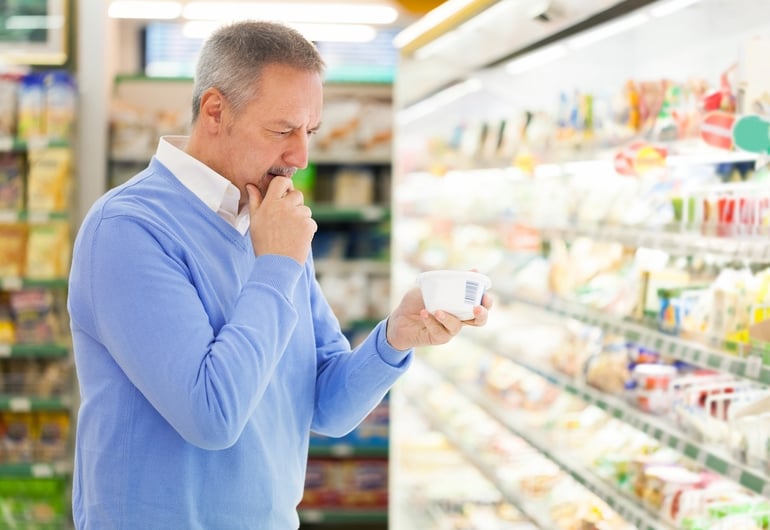"Buy One Get One Free" deal: Why it Appeals to Consumers
 PriceBeam
·
1 minute read
PriceBeam
·
1 minute read

If you have been to any supermarket ever, you know they have "Buy One Get One Free" deals everywhere. If you buy 1 bottle of Coke at $2.50, you get an additional bottle free of charge. Of course, this deal aims to increase the quantity of Coke bottles sold, and yet, one would think that offering a "2 bottles for $2.50" deal would have the same effect. But the wording of the "Buy One Get One Free" deal has a significant psychological effect that the "2 bottles for $2.50" doesn't.
"The Law of Demand" aside, the "Buy One Get One Free" deal can be very effective for incentivizing consumers to buy more than they initially intended. This is because of loss aversion! We hate losing more than we love winning. Let's apply this to the two types of deals -- remember, we assume that the consumer initially only wanted 1 bottle rather than 2:
The consumer really craves a bottle of coke. But just 1 bottle: the utility derived from the 2nd bottle is significantly smaller, which affects willingness-to-pay. From the consumer's viewpoint, it looks something like this:

In both cases, the net benefit from making the purchase is a +$0.50 surplus. However, in reality, the "Buy One Get One Free" deal is much more likely to encourage the customer to buy 2 bottles of coke as he does not experience any loss of surplus -- even though that with the "2 bottles for $2.50" deal, the loss from buying that 2nd bottle is compensated by a win from buying the first bottle, it will not appear that way with this wording because the loss aversion theory dictates that the loss aversion tendency in consumers will, to some degree, amplify the effect of the loss on the consumer's "scoreboard", so that the net benefit is, in fact, greater with the "Buy One Get One Free" deal.
.png?width=400&height=100&name=PBLogoTransparent%20(1).png)



